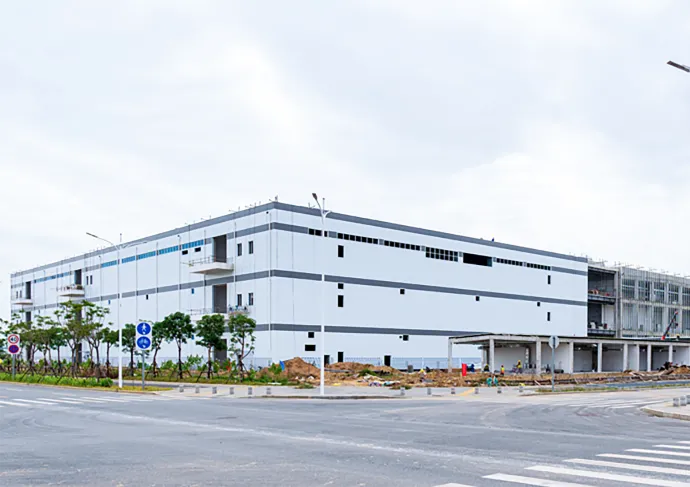Nov . 17, 2024 04:54 Back to list
Mineral Fiber Board Insulation Solutions for Effective Thermal Management and Energy Efficiency
Mineral Fibre Board Insulation An Essential Component for Energy Efficiency
In the quest for energy efficiency and sustainable building practices, mineral fibre board insulation has emerged as a vital component in the construction industry. Known for its excellent thermal performance, fire resistance, and sound-dampening properties, mineral fibre board insulation offers a multitude of benefits that make it an indispensable choice for both residential and commercial applications.
Mineral fibre insulation is primarily composed of natural or recycled materials, predominantly including mineral wool, glass wool, or rock wool. These materials are created through the process of melting down minerals and then spinning or blowing them into fine fibers. The unique fibrous structure of these boards helps trap air, which provides effective insulation and reduces heat loss in buildings. As a result, properties insulated with mineral fibre boards maintain a more consistent indoor temperature, leading to reduced reliance on heating and cooling systems. This energy efficiency not only lowers utility bills but also minimizes the carbon footprint of a building.
One of the most significant advantages of mineral fibre board insulation is its fire resistance. The high melting point of mineral materials means that these boards can withstand extreme temperatures without igniting. This characteristic is particularly crucial in commercial buildings and other high-risk environments where fire safety is a primary concern. Furthermore, many mineral fibre products are classified as non-combustible, providing an additional layer of protection and peace of mind for building occupants and owners.
In addition to thermal and fire performance, mineral fibre board insulation excels in sound insulation. The density and composition of these boards absorb sound waves, significantly reducing noise transmission between rooms and from external sources. This property makes mineral fibre insulation an ideal choice for residential areas, offices, and public buildings where noise control is essential for comfort and productivity.
mineral fibre board insulation

Moisture resistance is another feature that enhances the efficacy of mineral fibre boards. These materials are inherently moisture-repellent, which helps prevent mold and mildew growth—common problems in poorly insulated buildings. This attribute not only contributes to a healthier indoor environment but also prolongs the lifespan of the building structure by reducing the risk of water damage.
Moreover, the installation of mineral fibre board insulation contributes to sustainability efforts. Many products are made from recycled materials, reducing waste and conserving natural resources. Additionally, using this insulation can qualify buildings for energy efficiency certification, such as LEED (Leadership in Energy and Environmental Design), which is increasingly sought after in today's environmentally conscious market.
As the building industry continues to evolve, so does the production and application of mineral fibre board insulation. Advances in technology have led to more efficient manufacturing processes and enhanced product performance, ensuring that mineral fibre insulation remains at the forefront of green building solutions.
In conclusion, mineral fibre board insulation stands out as a premier choice for enhancing energy efficiency, ensuring fire safety, and promoting acoustical comfort in various buildings. Its numerous advantages, including thermal performance, sound absorption, moisture resistance, and sustainability credentials, make it an essential component for modern construction. As stakeholders in the industry increasingly prioritize environmental responsibility, the use of mineral fibre board insulation is bound to grow, helping to create not only more energy-efficient buildings but also a healthier planet.
-
Quality Ceiling Trap Doors & Access Panels | Easy & Secure AccessNewsAug.30,2025
-
Durable Ceiling T Grid Systems | Easy InstallationNewsAug.29,2025
-
PVC Gypsum Ceiling: Durable, Laminated Tiles for Modern SpacesNewsAug.28,2025
-
Pvc Gypsum Ceiling Is DurableNewsAug.21,2025
-
Mineral Fiber Board Is DurableNewsAug.21,2025
-
Ceiling Tile Clip Reusable DesignNewsAug.21,2025







